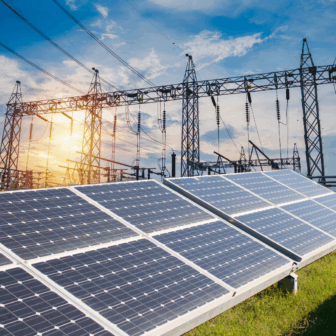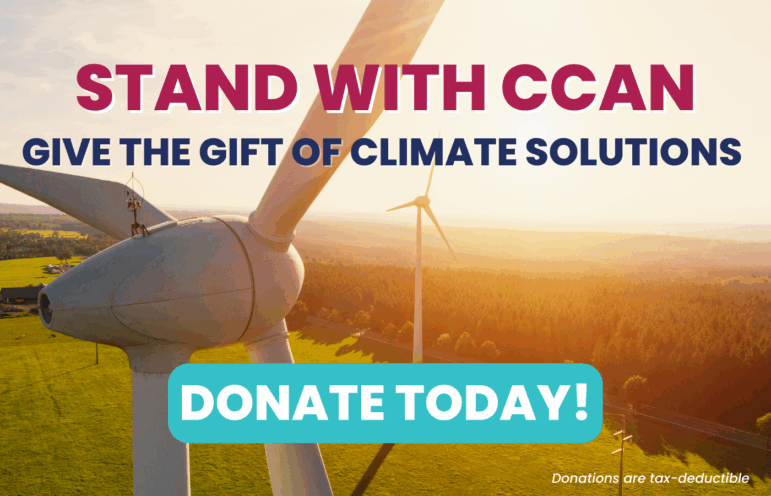The House Energy and Commerce Committee discussion draft, “The American Clean Energy and Security Act of 2009,” released on March 31st is very robust, a 648 page document. Based upon one reading of this document, these seem to be most of the significant provisions:
-It would establish a cap-and-trade system which sets mandatory and declining limits on greenhouse gas emissions (ghg) over the next 40 years. Emissions credits would be allocated to accomplish this, but the draft is silent on how many of those credits would be given away or auctioned, or perhaps distributed in some other way. This remains to be negotiated.
-It appears that the cap is more “downstream” than “upstream.” The summary of the document says that it “establishes a market-based program for reducing global warming pollution from electric utilities, oil companies, large industrial sources, and other covered entities that collectively are responsible for 85% of U.S. global warming emissions.” At several points throughout the document it describes a “covered entity” as one which emits at least 25,000 tons of greenhouse gas emissions annually.
-The draft projects a 20% reduction in ghg’s from 2005 levels via the cap, which is about a 7% reduction below the 1990 baseline year. There is another 10% reduction projected via investments in prevention of deforestation outside the U.S., and there is another 0-6% projected via offsets.
-The document states that one of its objectives is to “avoid atmosphere greenhouse gas concentrations above 450 parts per million carbon dioxide equivalent; and global surface temperature 3.6 degrees Fahrenheit (2 degrees Celsius) above the pre-industrial average.”
-Based upon a five-page “Discussion Draft Summary” of the 648-page document, there is nothing in it about dividends or rebates to U.S. consumers. The “Summary” notes at one point, “Consumer Assistance: The discussion draft notes that a consumer assistance section remains to be provided.”
-As far as international action, the document “directs EPA to achieve additional reductions in global warming pollution by entering into agreements to prevent international deforestation.” The document projects that this “will achieve reductions equivalent to 10% of U.S. emissions in 2005” and that these “can be secured by devoting approximately 5% of the allowance value to the program.”
-“The discussion draft includes provisions to provide U.S. assistance to encourage widespread deployment of clean technologies to developing countries. . . that have ratified an international treaty and undertaken nationally appropriate mitigation activities.”
-The document also has a category, “Worker Transition,” with no content other than the three words, “to be supplied.” This follows several pages of language about “Green Jobs” which the committee summary describes as “authoriz(ing) the Secretary of Education to award grants to universities and colleges to develop curriculum and training programs that prepare students for careers in renewable energy, energy efficiency and other forms of climate change mitigation. . . the Secretary of Labor is authorized to carry out such training programs.” As with almost all of the other programs, the document is silent about how much money would be allocated for green jobs, and there is no language to ensure that low-income, predominantly people of color communities that have been locked out of the fossil fuel economy will be affirmatively included in the new, green economy.
-There is a very large provision made for offsets, up to 2 billion tons worth each year, “split evenly between domestic and international offsets.” This is more than 27% of the U.S.’s total annual emissions. Fully 10% of the document, from pages 372 to 436, deals directly or indirectly with the offsets issue. The document makes clear that the buying and selling of emissions credits “is not restricted to owners and operators of covered entities,” which means that some of the same kind of speculators responsible for the economic recession could get involved in the carbon emissions market. Given the problems experienced internationally with offsets





